The Capri was slightly Allanté, somewhat Miata, and an entirely misguided Mercury
Platform sharing has been going on since the days of the Model T, which spawned everything from minimalist Runabouts to formal Doctor’s Coupes, but Ford really upped the ante by the early 1990s. You may remember one particularly impressive feat of late-’80s platform cross pollution pollination: the Cadillac Allanté, a custom-bodied E-body Eldorado that literally flew in from Italy to be assembled in America.
Luxury vibe and high-stakes budgets aside, I wager Ford’s gambit on affordable, top-down motoring was even more of an M.C. Escher–worthy supply chain. Only FoMoCo could cut up a Mazda family car, seek stylistic inspiration from two Italian design studios, source greasy bits from Mazda’s high-performance portfolio, apply the (then passé) name of Europe’s answer to the Mustang, assemble the whole lot in Victoria, Australia, and retail the resulting vehicle at dealerships still reeling from the ill-fated Merkur brand.
Boy, that’s a lot to process. With an origin story that complicated, how could the Mercury Capri not earn a spot of real estate in our hearts? There’s one big reason—but we’re getting ahead of ourselves.
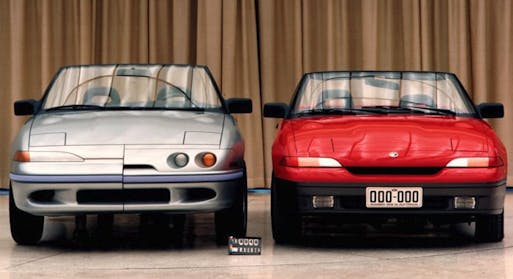
In theory, the Capri had the chops to make it work. Wait, hear me out on this.
Like the cosmopolitan Allanté, the Capri eschewed in-house notions from Ford designers for a final exterior penned by Carrozzeria Ghia. While Italdesign lost the bid for the body, its handiwork is present in the Capri’s minimalist yet purposeful interior. While the somewhat sleek skin may not have the proper proportioning of the rear-wheel-drive, low-slung, and long-hooded Miata, the Mazda 323–based platform has a fair bit of cred thanks to Mazda’s admirable efforts in Group A rally racing. There was even a turbocharged engine (XR2 model) with a mandatory manual transmission, a combination unavailable in the Miata.
The Capri was unlike its competition, and that evaluation doesn’t necessarily damn it with faint praise. That’s because the Capri was far more practical than a mere two-seat sports car. Even better, the rear seat—useless as it may be for grown humans—sported a hard-sided back, which folded to accomodate a significant amount of cargo, should the top remain up to allow full access to the trunk. The Capri’s standard tonneau cover topped the Miata’s exposed affair, while an optional hard-top secured four-season fun. There was even an optional, speedster-like cabin-cover so Capri owners can play Porsche Speedster in foul weather. You know, weather that’s ideally suited to wrong-wheel-drive propulsion.
But what made the Capri stand out was the aforementioned huffer, feeding extra air to the Mazda-sourced, 1.6-liter mill. The DNA is similar to what’s found in the Mazda 323 GTX, sans the all-wheel-drive drivetrain. A tragedy, but all automotive efforts inspire a cult-like following. Well, eventually. And the Capri XR2 deserves the following it has garnered, even becoming a credible threat in 24 Hours of Lemons races. Well, at least when the events are staffed with Spec Miata racers and seasoned B-series engine builders. Here’s a telling quote from one of the race Capri’s caretakers:
What can I say? After changing literally everything in the suspension and upping the boost to unimaginable levels, it’s the front-wheel drive Miata fighter it was always destined to be. –Zachary Fox
My bias is clear, but Mostly Harmless Racing and their #42 Capri XR2 shows us this ragtop had more potential than we knew.
So feel free to consider a modified Capri XR2 as a legitimate threat to a Miata, provided there are enough straights to let the turbo really sing. Who knows, maybe there are enough people willing to embrace the benefit and put Mercury on their list. No matter, the folks at Motorweek got their hands on a 1994 Mercury Capri XR2 as a swan-song review for this star-crossed captive import of Japanese, Italian, German, Australian, and American heritage.
The revised front/rear bumpers and bolder rear spoiler weren’t fooling anyone, but the 0-to-60 sprint of 8.0 seconds clearly meant the visually louder tail lights were all a 1.6-liter Miata would ever see at a stop-light grand prix. The 16.1-second quarter-mile time was also superior, and a strong 88-mph trap speed suggested the Miata had better make some headway in preparation of a racetrack’s wide-open straight before the checkered flag.
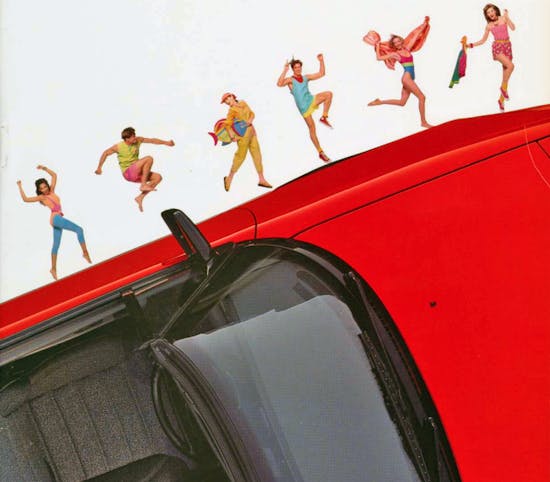
Turbo torque is irrelevant for most North American buyers of Lincoln-Mercury’s little droptop, but the $13,190 asking price ($14,900 for the turbocharged XR2) made Motorweek lament the passing of the cheapest example of the breed on the market. But I doubt there were many sleepless nights or tear-soaked cheeks upon the Capri’s passing, and its singular party trick was rendered pointless by the 1994 introduction of the 1.8-liter Miata. There could only be one winner, and it was clearly the product of thoroughbred Mazda engineering and pureblood roadster design.
In the end, the Capri’s strengths were also its downfalls. The price was right, but even with a turbo, nothing could stop the Miata’s righteous march to the hallowed halls of sports car perfection. Who knows, maybe all the billable hours Mazda charged to Ford for its effort actually subsidized the Miata’s R&D costs? Ford musta written Mazda a fat check for the privilege, but they forgot one cardinal rule in the car business: The answer is always Miata.
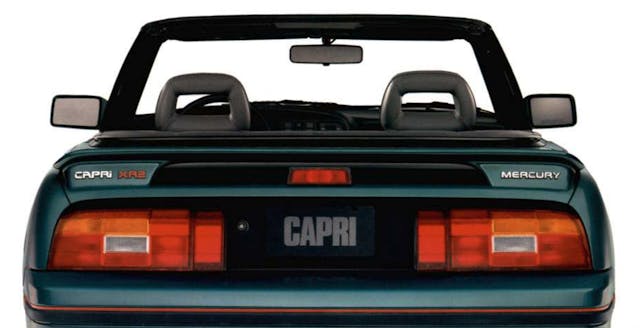
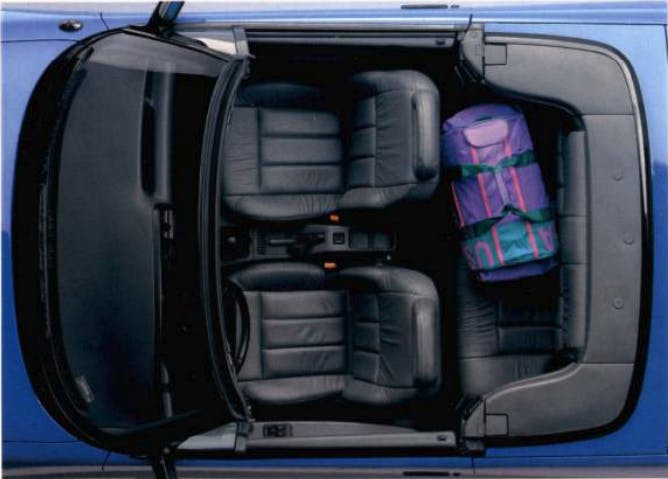
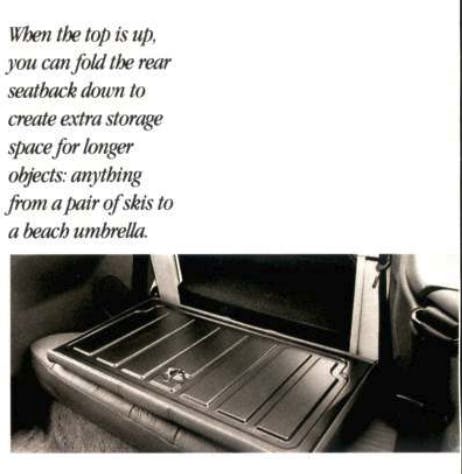
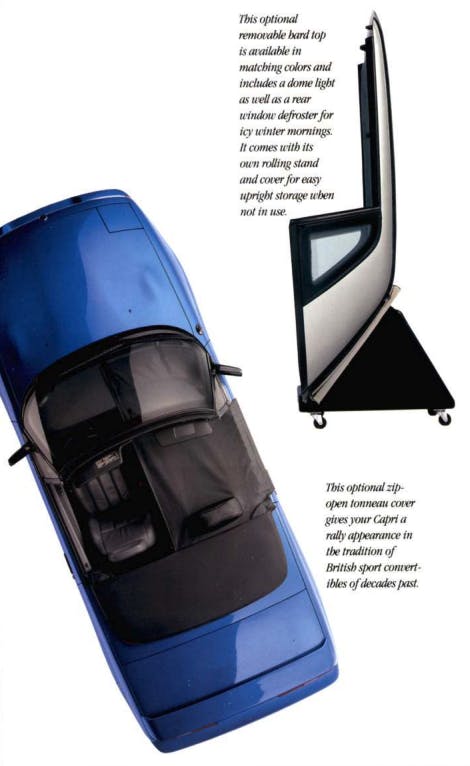

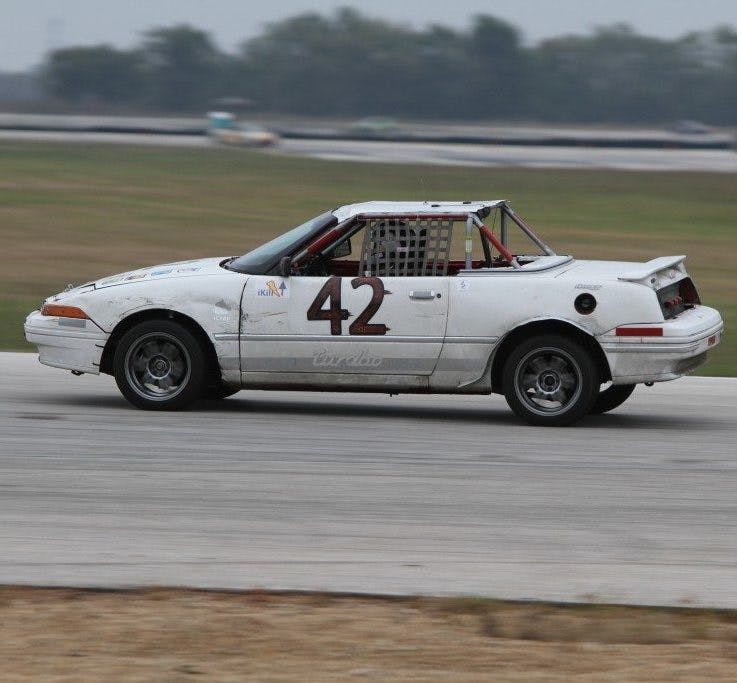


I acquired an early Capri as an impulse buy at an auto auction in the mid-90s for a few thousand dollars. Certainly was a cheaper way to have fun in the California sun than a Miata at the time.
It was fun such as it was, but hardly an impressive machine. Handling was competent enough compared to most sub-compacts, but hardly a Miata. A Ford based upon Japanese parts built in Australia was an unusual mish-mash. As such, working on it was a strange experience as it really wasn’t a Ford or a real Mazda.
The soft-top mechanics were somewhat unique, and easy enough to use. And the top was fully enclosed and out of sight without the need of a cover as on the Miata. And had the bonus of a trunk pass-through for larger items that would never fit within the confines of a Miata when the top was up. However it did have quite a design flaw in that the wrap-around base of the vinyl top would stretch over time. You could see this on all Capris more than a few years old. The back seat was useless other than as a place to toss stuff.
I had intended to keep it for a few years and then sell it, but it suffered an early demise on the 110 in downtown LA in a multi-car mixup when it definitely did not brake as well as a Miata would have under the same conditions.
I’m looking for distributor cap and road or can’t find one anywhere
I’m a current and second owner of a 41K miles 1991 Capri non-turbo, and I unexpectedly have fallen in love with my red toy from down under. For me, it has turned out to be a delightful combination of Mazda, engineering and mechanicals, Italian design, and an excellent balance of handling, braking, and a superb touring ride. At 6‘,1“, room to the petals is just a little snug, otherwise it’s very comfortable for long drives with the top down or up. In the stock Ford AM/FM cassette radio and four speakers has amazingly better than decent sound, especially for its age. I just use a Bluetooth cassette adapter, and stream Spotify as I enjoy driving my Capri on short and long hauls.